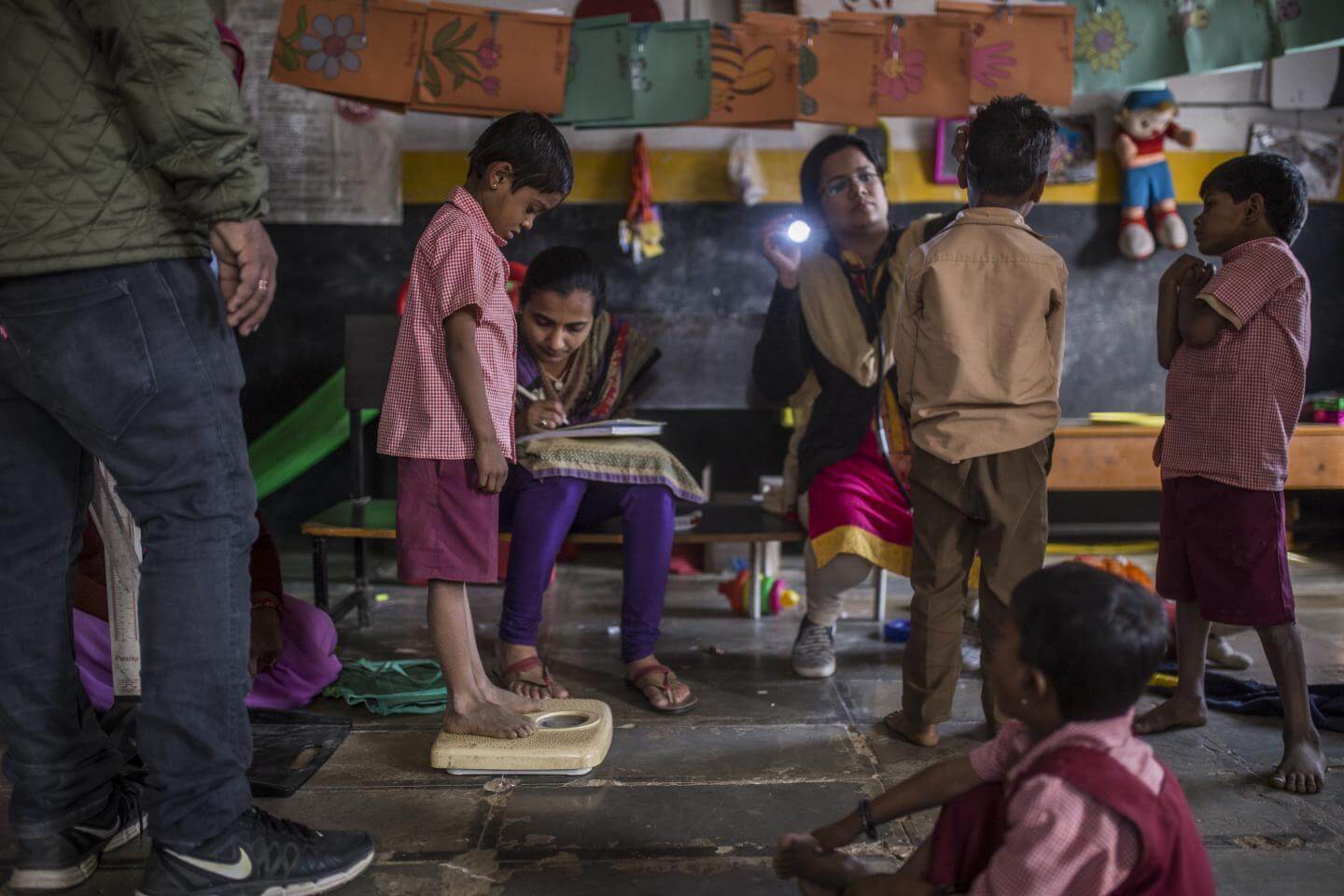According to the Joint Malnutrition Estimates (JME), India reported 16 million fewer incidents of stunting among children under five years of age in 2022 compared to 2012.
While the stunting prevalence rate was 41.6% in 2012, with 5.2 million cases in the year, it dropped to 31.7% in 2022, with 2.6 million over the same period.
Overview
According to the document, “Stunting refers to a child who is too short for his or her age.” The report highlighted that stunted children “can suffer severe irreversible physical and cognitive damage that accompanies stunted growth.” The impact of stunting “can last a lifetime and even affect the next generation.”
The JME report, released by UNICEF, WHO, and World Bank, said that India’s contribution to global child stunting also dropped from 30% to 25% in the same period. Nevertheless, this indication’s prevalence threshold remained “very high.”
These estimates support the statistics released by India’s National Family Health Survey (2019-2021) data, which showed that the prevalence of stunting dropped to 35.5% from 38% in 2016.
Celebrating the success, Arjan de Wagt, the Chief of Nutrition and UNICEF’s India Deputy Representative, said, “This is the first time I noted in a global report that the problem has started to shift from South Asia.”
@UNICEF, @WHO, @WorldBank published the Joint child #malnutrition estimates — levels and trends with updates on #stunting, #wasting and #obesity trends. https://t.co/aeHksilurg pic.twitter.com/Ns0YyC2yb3
— UKRI GCRF Action against Stunting Hub (@actionstunting) April 3, 2020
Surges in Wasting, Obesity
Despite India’s successes in curbing stunting, it performed poorly in wasting, which refers to a “child who is too thin for his or her height.” It is usually caused by “recent rapid weight loss or the failure to gain weight.” Moderate or severe cases enhance the risk of death.
The prevalence of wasting in India was categorised as “very high,” with the number standing at 18.7% in 2022. Meanwhile, its contribution to global incidents stood at a whopping 49%.
On these numbers, Wagt said, “There is a need to learn more and more of wasting and that is the big agenda and how the determinations are different for India and Asia.”
Meanwhile, the number of overweight or obese children rose from 2.2% in 2012 to 2.8% in 2022. The number rose from 2.75 million to 3.18 million in the same period. Concerningly, India contributed 8.8% of the global share of this indicator.
Nevertheless, the concern for obesity in India was categorised as “low”, as the number was much lower than the global rate of 5.6%.
Being “overweight” means a child is too heavy for their height, resulting from food or beverage intake being over the child’s energy requirements.
New global report shows India continued progress on child #stunting 👏
— Arjan de Wagt (@arjandewagt) May 27, 2023
Stunting reduced from 42% to 32% during 2012-22.
16m children less with stunting.
India's contribution to global burden down from 30% to 25%#PoshanPower💪@MinistryWCD @UNICEFIndia https://t.co/QcwunmvvGy pic.twitter.com/dvhwq46MIZ
Overall Findings
Stunting, wasting, and obesity are key indicators of malnutrition in children. The JME uses “country-level modelled estimates derived from primary sources” to estimate stunting and obesity. Meanwhile, national surveys are used to determine the extent of wasting.
As for stunting, the global rate dropped from 33% in 2000 to 22.3% in 2022. In 2022, half the stunted children under five years lived in Asia. Two out of five lived in Africa.
Meanwhile, wasting dropped from 8.7% in 2000 to 6.8% in 2022. The number of children under five impacted by obesity increased from 5.3% to 5.6% in the same period.
South Asia performed exceptionally well in this regard, with the rate plummeting from 40.3% to 30.5%. However, the region reported the “highest wasting prevalence” of any sub-region globally.
In conclusion, the JME report said that the indicators’ prowess was insufficient to meet the global nutrition targets set by the World Health Assembly for 2025. Meanwhile, only one-third of the countries will be able to successfully achieve their target to halve the number of stunted children as per the 2030 Sustainable Development Goal targets.
Concerningly, the successes in curbing obesity are in an even more dismal state, with only six countries on track’ to help achieve the goal of limiting the prevalence of obesity to 3%.

